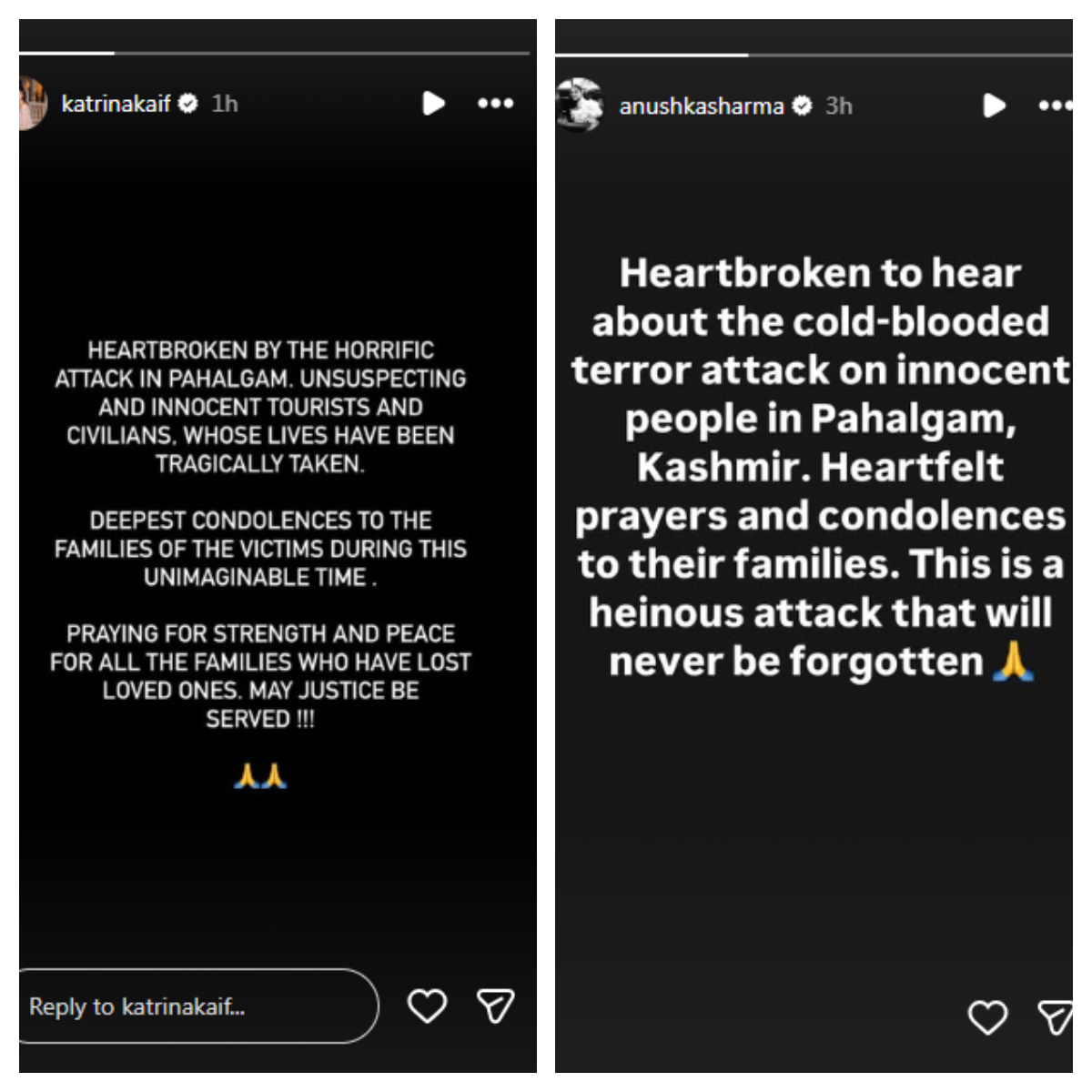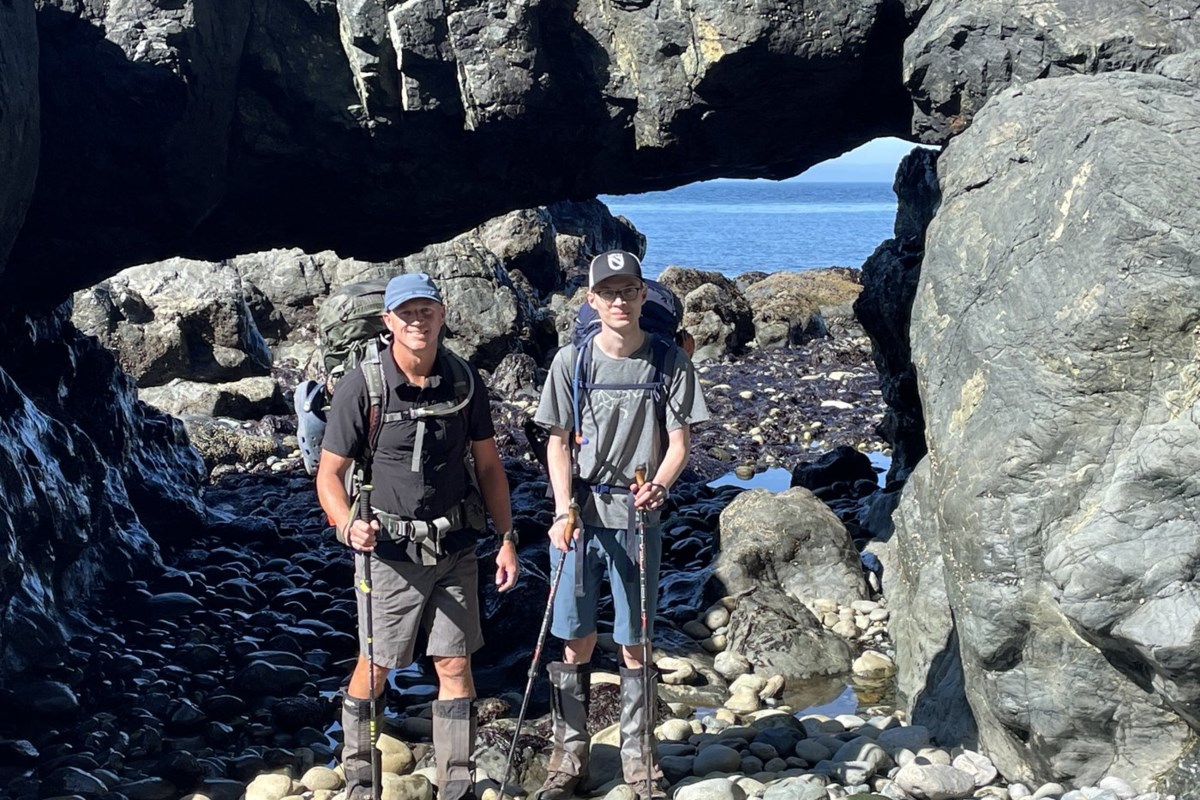Archaeological Discovery in Germany Reveals Insights into Roman Cavalry and Their Horses

The saying, The history of mankind is carried on the back of a horse, resonates deeply, particularly when considering the expansive reach of the Roman Empire. This empire, renowned for its formidable military, relied heavily on its cavalry forces to maintain control and extend its boundaries. An intriguing archaeological discovery in Germany has shed light on the vital role that horses played in this ancient civilization.
In July 2024, while conducting a construction project in the Bad Cannstatt borough of Stuttgart, workers stumbled upon the remains of approximately 100 horse skeletons. The subsequent excavation, overseen by the State Office for the Preservation of Historical Monuments, revealed that these horses date back to the second century CE and were likely part of a Roman cavalry unit. The careful burial of one particular horse suggests a profound bond between the rider and the animal, indicating that the mourning for lost horses has been a shared experience across millennia.
Bad Cannstatt holds significant historical value as a prominent Roman military site during the early part of the second century AD. It is estimated that the local cavalry maintained a herd of more than 700 horses, all of which required food, shelter, and proper burial upon their death. The existence of a Roman horse cemetery in this area was first suggested in the 1920s, following the discovery of horse skeletons during a local housing development. The recent find supports this theory, confirming what researchers had long suspected.
Sarah Roth, an archaeologist affiliated with the State Office for Monument Preservation, stated in a recent release, Based on the archaeological and historical knowledge of Roman Bad Cannstatt, the horses can be attributed to the cavalry unita so-called Alathat was stationed at Hallschlag from around 100 to 150 AD. Roth elaborated that this unit likely included nearly 500 riders and, consequently, a minimum of 700 horses, necessitating regular replacements due to losses over time.
The buried horses were interred individually in shallow pits located strategically away from both the ancient cavalry fort and nearby civilian settlements. Roth noted that the separate burial locations were likely visually marked, as the pits do not overlap. The horses do not appear to have all died at the same time during a major event such as a battle or epidemic, she elaborated. Instead, these animals perished during the Ala's time in Bad Cannstatt due to various factors, such as illness, injury, or having become unsuitable for military service. If a horse was still capable of walking, it would be led to the cemetery, where it was dispatched on-site to avoid the logistical challenge of transporting the heavy carcass.
Interestingly, the burial practices at this site seem more aligned with disposal rather than traditional funerary rites. However, one notable exception stands outarchaeologists uncovered a horse that was interred alongside two jugs and a small oil lamp, grave goods commonly associated with human burials. This inclusion points to a significant emotional connection between the horse and its owner, as Roth poignantly remarked, Even after around 1800 years, the grief over the death of this one animal is still evident. In stark contrast, the remains of an adult man were also found nearby, buried without any accompanying grave goods, suggesting that he was not afforded the same respect by Roman society.
The extent of the horse cemetery is likely much larger than what has been unearthed so far. Researchers are optimistic that further archaeozoological studies will provide insights into the horses' sexes, ages, sizes, potential health issues, and causes of death, deepening our understanding of how the Roman army utilized these essential animals.
Moreover, this archaeological discovery resonates with Stuttgarts historic ties to horses, as the city's name is derived from the older term Stuotgarten, which translates to a garden for the horses, highlighting the long-standing relationship between the city and these magnificent creatures.




























